Your home should be a safe haven, but hidden hazards can pose serious risks, especially to children. From everyday household items to unnoticed structural dangers, there are countless threats that often go overlooked.
Protecting your kids requires more than just a watchful eye—it means understanding the potential risks around every corner.
Choking hazards
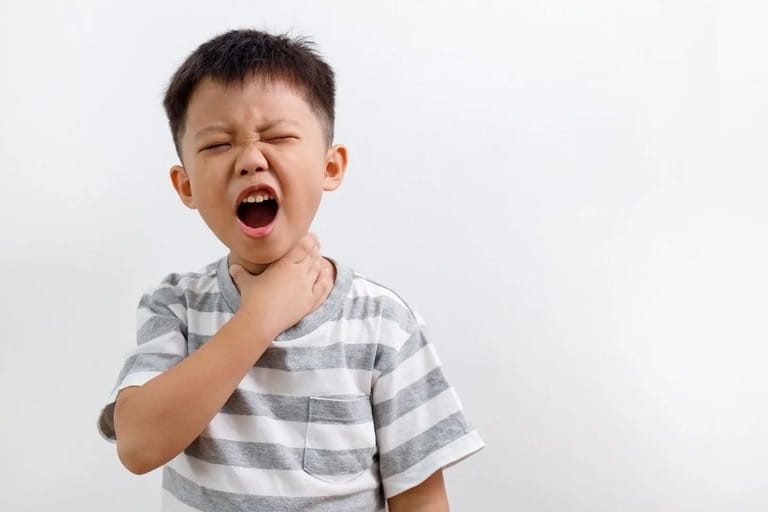
Babies and young children love to explore by putting small objects like toys and food, in their mouths. While this is a natural behavior, it can unfortunately lead to choking as it's very easy for them to get stuck in the windpipe.
Prevention
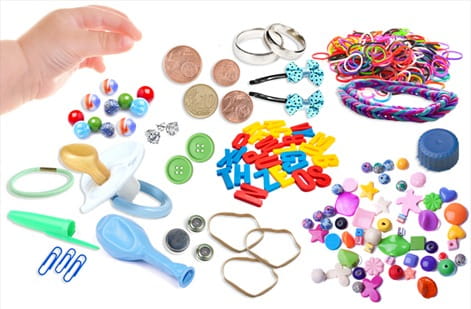
Objects and toys your children can choke on
Don't let small toys and objects that are choking hazards within your children's reach, so thoroughly check the floor, under rugs, between cushions, and on counters if there is any. Some of them include coins, safety pins, paperclips, push pins, and small balls.
Strangulation hazards
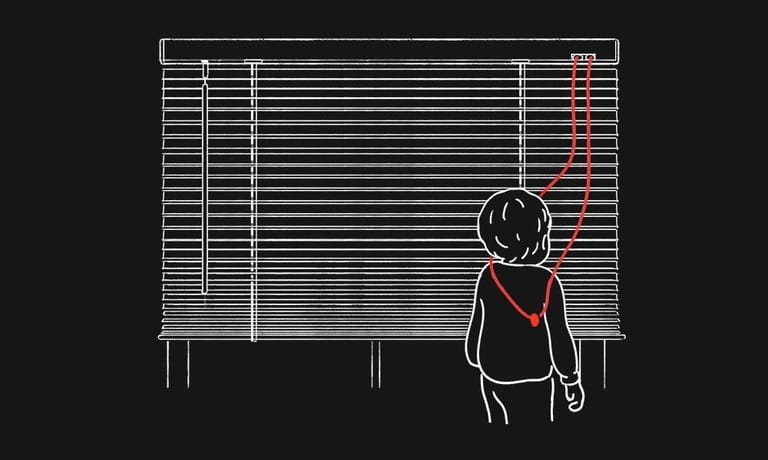
Strangulation hazards are a serious concern for kids. Anything that gets wrapped around their neck can unexpectedly restrict their air supply and blood flow to the brain. This can be life-threatening and need immediate attention.
Prevention
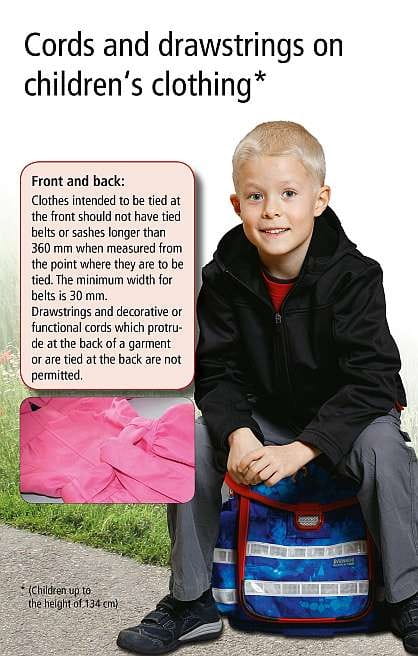
How to choose clothings with cords and drawstrings
To protect your babies from strangulation hazards, don't put necklaces on your baby. It's okay to choose clothing with decorative or functional cords and drawstrings, but make sure that they are designed at the back of the clothings. However, avoid clothes with drawstrings which can get caught while playing and sleeping and any cords, strings, and ribbons within your kid's reach.
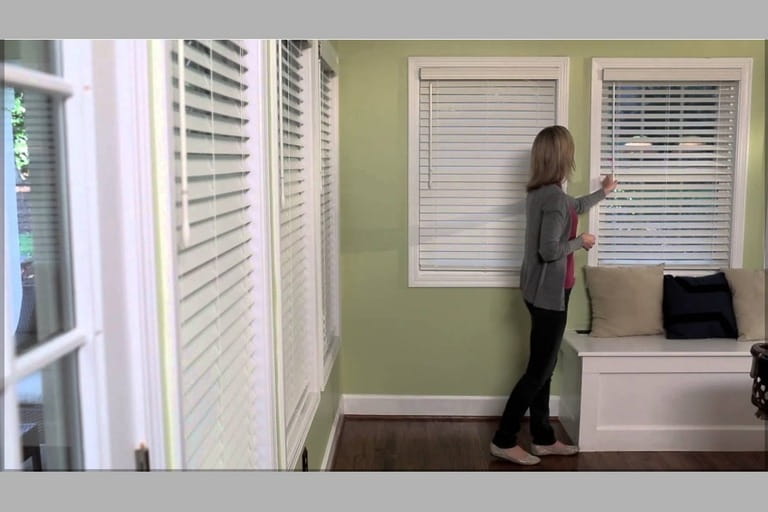
Opt for cordless blinds, like those with wands instead of blinds and curtains with a cord or chain, as they can strangle, posing strangulation hazards. If you can't replace them, at least remove any curtain tie-backs and store them out of your child's reach.
Poisoning risks

Children face risks of poisoning when they come into contact with or accidentally swallow harmful substances. These incidents can result in serious health issues, including illness, long-term damage, or even death.
Prevention

To reduce the risk of poisoning, make sure to keep household products such as cleaning products, personal care items and cosmetics that could be poisonous out of your children's reach and sight. For example, consider storing and locking up medicines and vitamins in an overhead medicine cabinet or a high cupboard.
Burns and scalds

Because kids are naturally curious and often don't fully grasp the concept of danger, it's quite common for them to unexpectedly get burns and scalds at home. For example, they might touch hot surfaces, reach for things that are too hot, or accidentally spill something.
Prevention

Use a bath thermometer
Source
To keep your little ones safe from burns and scalds during bath time, consider using a bath thermometer. Aim for a cozy water temperature between 37°C and 38°C - perfect for their delicate skin.

Use a Stove guard
Source
Always keep an eye on your little one in the kitchen. They might accidentally grab hot drinks or touch hot handles. Even if you put your baby in a safe spot, it's a good idea to install a stove and oven guards just in case.
Falls

Kids love to run and climb, so it's no wonder that falls happen often. Many parents see these tumbles as a normal part of growing up, usually resulting in just a few bumps or bruises. However, falls can be quite dangerous if a child falls from a height or onto a hard surface. They can cause some serious injuries such as broken bones, head injuries, and dental injuries.
Prevention

Window guards
Source
To prevent your kids from falling out of windows or off balconies, make sure to lock them or use window guards. Avoid using insect screens that are not strong enough to keep your child safe. Additionally, be mindful of furniture placement near windows, as kids might climb on it to peek outside, leading to unexpected falls.
Stair safety gate
Source
Once your baby starts crawling, it's essential to consider stair safety. A practical approach is to install safety gates at both the top and bottom of stairs until your child becomes proficient at navigating them independently.

Bunk bed with safety rails
Source
If your baby sleeps in a crib, it's a good idea to take any toys. Otherwise, your little one might try to climb on them and accidentally tumble out of the crib. And if your kids have bunk beds, ensure that the upper bunk bed has safety rails.
Crib entrapment hazard

Crib entrapment hazards refer to situations or features that might cause a child to get trapped or stuck, potentially leading to injury. For instance, babies' body parts, clothing, or accessories become caught in openings or spaces within a crib.
Prevention
Pay attention to your child's crib size
Source
Here is the way to choose a safe crib for your baby. Ensure that the slats are no more than 2 ⅜ inches (6 centimeters) apart to prevent entrapment.
Avoid cribs with cutouts in the headboard or footboard, as they can pose risks. Skip bumper pads, which may trap your child against the crib's sides. Lastly, choose a snug-fitting mattress to prevent gaps between the mattress and the srib sides.
Drowning risks

Drowning is a serious risk for young children, especially those aged 1 to 4. Shockingly, even just an inch or two of water can be fatal. This type of accident occurs swiftly and silently, making vigilance crucial.
Prevention

Fence your swimming pool
Source
If you have a swimming pool at home, consider fencing it to prevent your children from using it without adult supervision. However, it's worth noting that the cost of fencing might not be affordable.

Don't leave a filled water container attended
Source
Remember to empty water containers right after use. If possible, keep your small children away from buckets of water or never leave a filled, open-top water container unattended. These situations can pose a drowning risk, especially for children. Examples of such containers include buckets and pails used for cleaning or painting, wading pools, coolers with melted ice, large water bowls for pets, and even trash cans or recycling bins that may collect rainwater.












